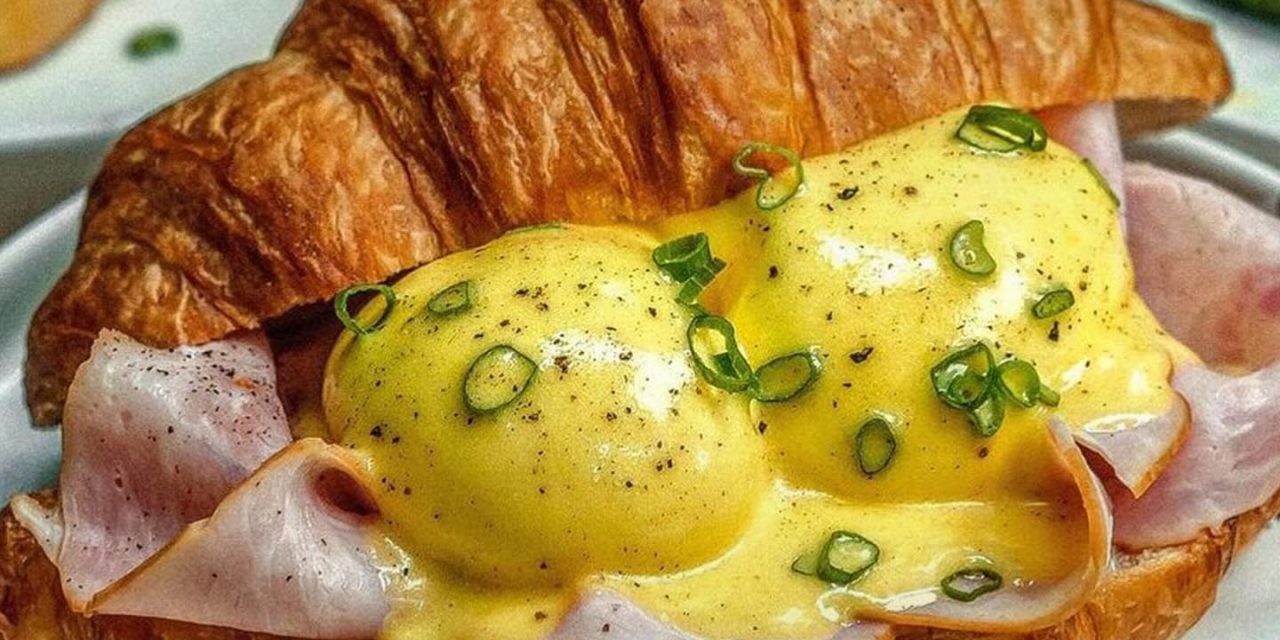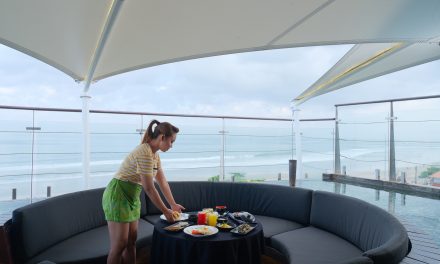Visiting the Ubud Art Market in Bali is like stepping into a vibrant canvas painted with local culture, tradition, and a kaleidoscope of colors. Nestled in the heart of Ubud, this bustling marketplace is not just a destination for tourists; it’s a cultural experience that resonates with the rhythms of local life. I remember my first trip there vividly, and I’m eager to share the enchanting tales and unique insights I gathered along the way.
Finding My Way to the Market
As I stepped out of my cozy accommodation in Ubud, the morning sun bathed the town in golden hues. I could already hear the chatter and laughter from a distance, blending seamlessly with the occasional sound of a gamelan orchestra. Eager to dive into the local culture, I made my way toward the Ubud Art Market, a mere fifteen-minute stroll through narrow lanes lined with lush greenery and charming cafes.
The First Impression: A Feast for the Senses
Your first steps into the Ubud Art Market are a sensory overload. The vibrant colors of handcrafted sarongs, intricately carved wooden statues, fragrant spices, and the aromatic scent of local street food greet you. I recall passing a stall where a friendly vendor was weaving beautiful baskets from palm leaves, demonstrating the technique with a smile that invited you to engage.
You might find yourself drawn into conversations with local artisans. I stopped at a stall filled with intricately designed silver jewelry, where the artist, a warm-hearted Bali native named Kadek, shared stories about his craft. He explained the significance of each design, rooted deeply in Balinese mythology. This personal interaction transformed a simple purchase into a cherished memory.
The Art of Negotiation: A Local’s Game
One of the most entertaining aspects of the Ubud Art Market is the art of negotiation. I was initially thrown off by the bargaining culture; in Western markets, prices are often fixed. But here, negotiating is a respectful dance. When I expressed interest in a beautiful batik cloth, the vendor smiled, clearly enjoying the back-and-forth. “How about you give me 150,000 IDR?” he suggested, knowing it would be a playful game.
After some friendly haggling, I walked away with the batik for 100,000 IDR, feeling like I had not only scored a deal but also forged a connection with the vendor. This experience reminded me that shopping here isn’t just about acquiring goods; it’s about engaging with the community and celebrating the artistry that thrives in this part of Bali.
Artistic Workshops: Discovering Hidden Talents
What I found particularly intriguing were the artistic workshops offered right within the market. You can often see locals painting, carving, or weaving right in front of you. During my visit, I participated in a batik painting workshop that turned into one of the highlights of my trip.
Under the guidance of a talented local artist, I learned the intricate steps of batik painting. The experience was therapeutic; dipping my brush into vibrant dyes, I felt a connection to the artistic spirit of Bali. Later, I proudly carried my creation home, a unique souvenir reflecting my journey into Balinese culture.
A Taste of Local Cuisine
No visit to the Ubud Art Market would be complete without indulging in local food. Amidst the bustling stalls, I discovered a small Warung (local eatery) serving traditional Balinese dishes. I opted for Nasi Campur, a mixed rice dish accompanied by spicy sambal, sautéed vegetables, and delicious rendang. With every mouthful, I could taste the love and tradition that has been passed down through generations.
While you’re there, be sure to try the local coffee, Kopi Luwak, known for its unique processing method. Walking around with a cup of this delightful brew truly enhances the market experience, allowing you to savor the moment as you explore.
Practical Tips for Your Visit
1. Timing is Key: If you want to avoid crowds, visit early in the morning. The market opens around 6 AM, and you’ll have a more relaxed experience with the vendors and artworks.
2. Bargain Respectfully: While negotiating is expected, always do it with a smile and a sense of camaraderie. The vendors are happy to engage, and respectful bargaining can lead to mutual enjoyment.
3. Stay Hydrated: The market can get hot and humid. Keep a bottle of water handy, and take breaks in the shaded areas to recharge.
4. Embrace the Experience: Don’t just rush through the stalls. Take a moment to appreciate the stories, the crafts, and the people behind them.
5. Interact with Locals: The heart of Ubud is its community. Engage with the vendors and artisans; their stories are often as rich as the items they sell.
Conclusion: A Cultural Journey Worth Taking
The Ubud Art Market is more than just a place to shop; it’s a vibrant tapestry of Balinese culture. From the heartwarming stories shared by local artisans to the mouthwatering tastes of traditional cuisine, each moment in the market offers a glimpse into the lives of the people who call Ubud home. So, if you’re planning to visit Bali, make sure the Ubud Art Market is on your itinerary. Embrace the colors, the sounds, and the flavors—you’ll leave with much more than souvenirs; you’ll leave with memories and connections that will stay with you long after the trip is over.






